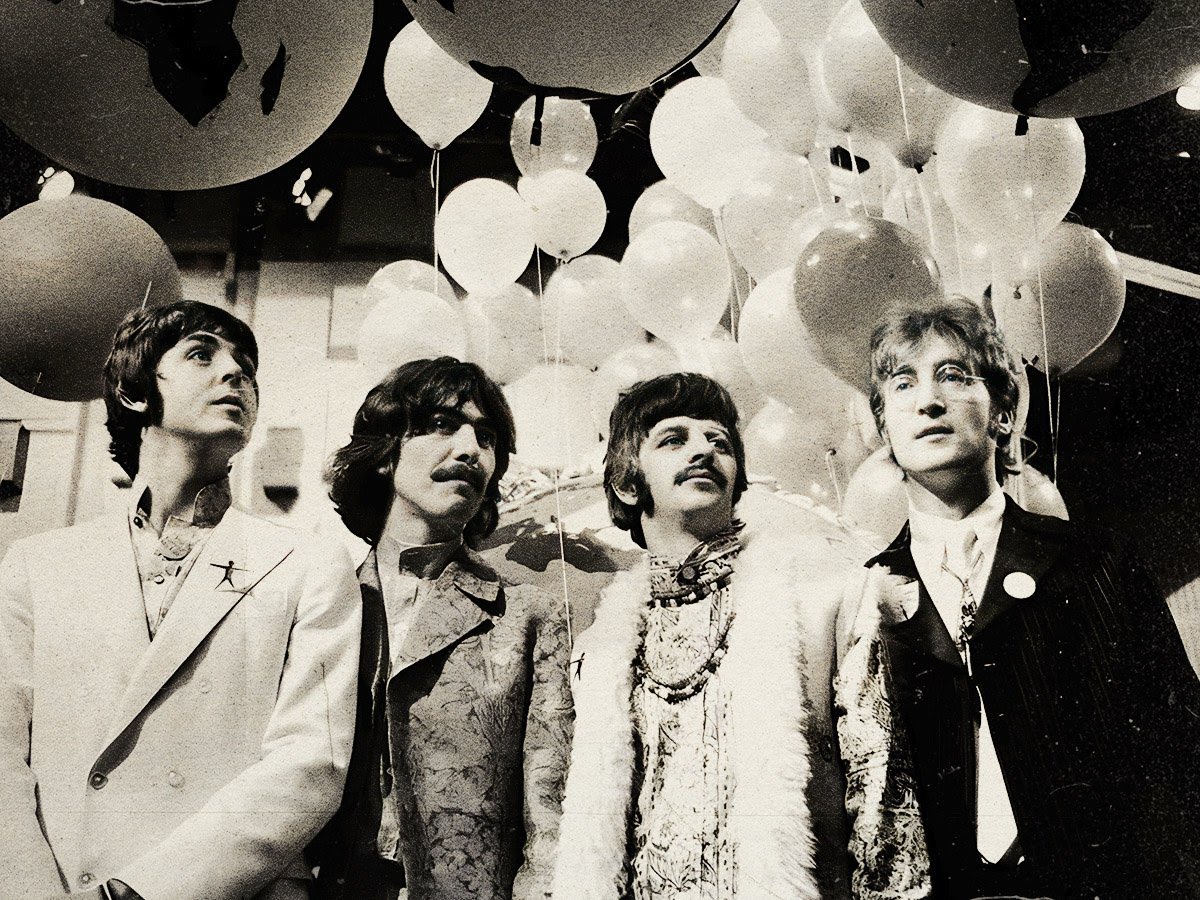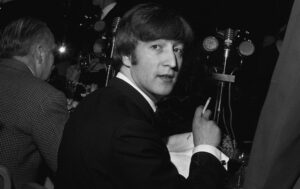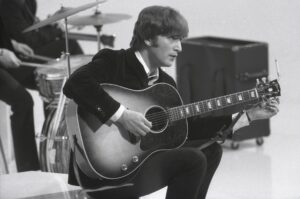After taking an extended hiatus in the mid-1960s, The Beatles found themselves within the walls of Abbey Road Studios once again, armed with their first collection of fresh compositions in years.
Among these was an original creation by John Lennon, titled ‘Strawberry Fields Forever’. Conceived during his involvement in the film How I Won the War, Lennon’s creative outburst drew from his reflections on his upbringing in Liverpool. Transporting himself back to the days of his youth, he penned the song as a poignant remembrance of his visits to a serene haven known as Strawberry Fields, a sanctuary that provided solace from the trials of his past.
It took Lennon six weeks to complete the song while on the set of How I Won the War, which saw him make good use of the hanging around that often comes with working on film sets. Viewed through the prism of LSD, the track underwent a transformation, however, becoming what Lennon would describe as “psychoanalysis set to music”.
Evolving from mere nostalgia into a profound journey of introspection, Lennon’s inner uncertainties and insecurities took centre stage, occasionally obscured by moments of linguistic struggle and the ethereal sensations induced by hallucinogens. He has since described the work as “one of the few true songs I ever wrote” and one of the only ones he “really wrote from experience and not projecting myself into a situation and writing a nice story about it”.
Paul McCartney, meanwhile, recalls the song’s source as something Lennon saw the beauty in, something that could be obscured as having an unpleasant aesthetic: “I’ve seen Strawberry Field described as a dull, grimy place next door to him that John imagined to be a beautiful place, but in the summer it wasn’t dull and grimy at all: it was a secret garden,” McCartney said. “John’s memory of it wasn’t to do with the fact that it was a Salvation Army home; that was up at the house. There was a wall you could bunk over, and it was a rather wild garden, it wasn’t manicured at all, so it was easy to hide in.”
Lennon himself was aware of the potential of seeing something that might not be there but knew of the power of drawing inspiration from that to curate his world of creativity. “The second line goes, ‘No one I think is in my tree.’ Well, what I was trying to say in that line is ‘Nobody seems to be as hip as me. Therefore I must be crazy or a genius’,” he admitted.
Adding: “It’s the same problem as I had when I was five: ‘There is something wrong with me because I seem to see things other people don’t see. Am I crazy, or am I a genius?’ … What I’m saying, in my insecure way, is ‘Nobody seems to understand where I’m coming from. I seem to see things in a different way from most people.’”
While destined to ultimately blossom into a psychedelic masterpiece, the formation of ‘Strawberry Fields Forever’ was notably simple. Early iterations of the song opted to forego the chorus at first, with the first two verses initially weaved together instead. The track has become one of the band’s most divisive, marking a significant departure from The Beatles’ more simplistic, easier-on-the-ears hits, but still, it remains strong in its popularity, with innovative arrangements that became a direct influence for many that followed.



